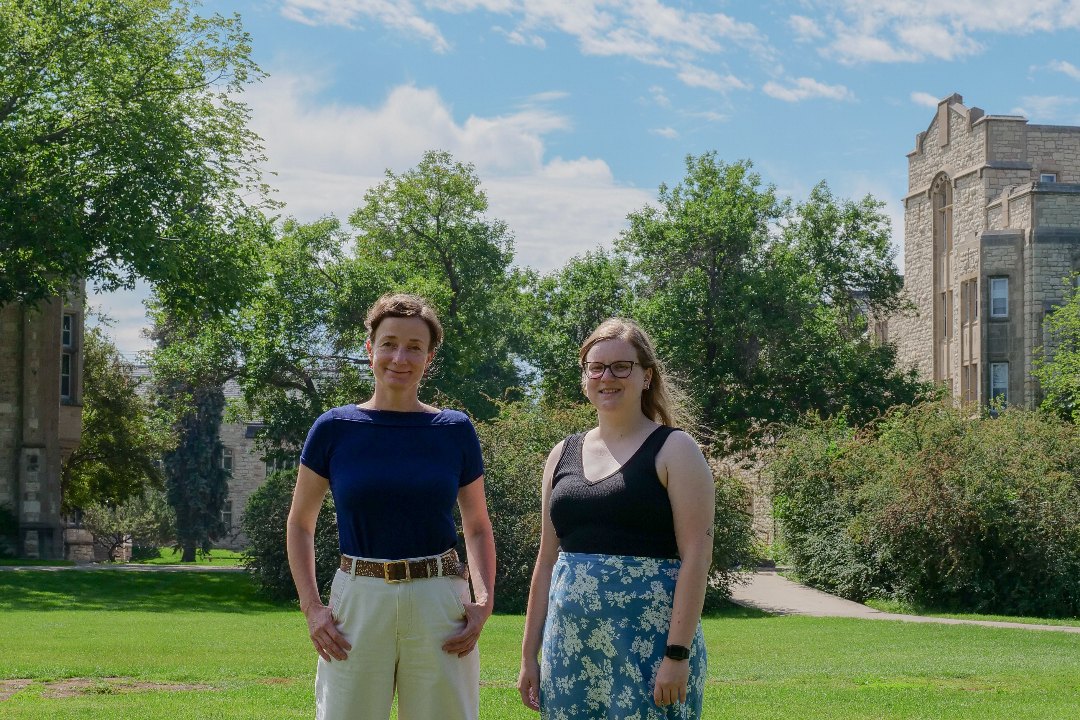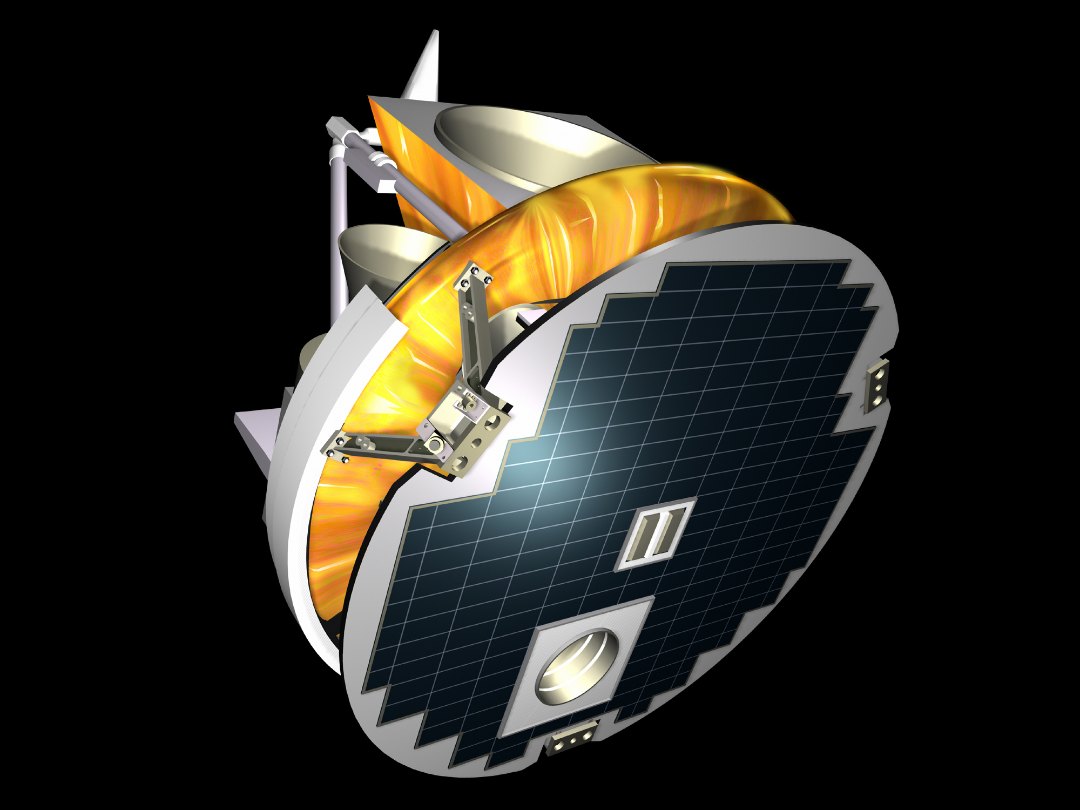
USask researcher discovers surprising findings from atmospheric measurements
Comprised of five distinct layers, Earth’s atmosphere protects us and provides key ingredients for life on the planet, like oxygen and water. But certain chemicals released into the air can damage these important layers, leaving the earth prone to negative impacts, like climate change and disruption to our ecosystems.
By Erin Matthews, Research Profile and Impact
The stratosphere is the second closest layer of atmosphere to the Earth’s surface and one that University of Saskatchewan (USask) researcher Dr. Susann Tegtmeier (PhD) is paying close attention to.
Tegtmeier, a professor in USask’s Department of Physics and Engineering Physics in the College of Arts and Science, is part of an international community of scientists that monitors the levels of chemicals, like chlorine, in our atmosphere. Recently, Tegtmeier and her colleagues, including USask post-doctoral researcher Dr. Kimberlee Dube (PhD) and Dr. Ryan Hossaini (PhD) from Lancaster University in the United Kingdom, have discovered unexpected data that shows the chlorine in the stratosphere is not decreasing as quickly as we would expect based on ground-based measurements.
Increasing levels of chlorine in the upper atmosphere can compromise its integrity, leading to “holes” or areas of less ozone that can leave us more vulnerable to the sun’s heat. For decades, researchers have been focused on preventing and reversing damage caused by these chemicals.
“In the 1980s, when it was discovered that the ozone layer was beginning to thin, researchers set out to understand the process which eventually led to the creation of the Montreal Protocol, a policy which limited the use of certain chemicals that damage the ozone layer,” said Tegtmeier. “Chlorine is one of those chemicals that destroy ozone, and we’ve been measuring its level in the atmosphere to see the rate it’s decreasing.”
Scientists like Tegtmeier rely on a ground-based measurement network to monitor the lower atmosphere and satellites to measure higher layers like the stratosphere. While the ground-based data shows the expected decrease in chlorine, measurements from the ACE-FTS instrument onboard the Canadian SCISAT satellite suggest chlorine levels in the stratosphere to be higher than expected, with some regions showing even small increases.
This contradictory finding had researchers scratching their heads.
“Understanding satellite measurements of chlorine in the stratosphere is complicated, especially when we compare them with measurements from the ground. But we were able to show that if we consider additional substances which also contain chlorine and are currently not banned under the Montreal Protocol, these measurements are actually consistent,” said Tegtmeier.
The team’s findings were recently published in Nature’s Communications Earth and Environment. Tegtmeier said they are the first group to take these different data sets and make these connections.
The gases banned by the Montreal Protocol are called long-lived ozone-depleting substances and have a lifespan of up to 100 years in the atmosphere. In contrast short-lived substances were not banned in the protocol and only stay in the air for around six months. Since there are currently no regulations around their use, the continuous emissions of short-lived substances have slowed down the decrease of chlorine in the upper atmosphere that was expected, based on the success of the Montreal Protocol.
“Their impact on the ozone may become stronger and stronger over time,” said Tegtmeier.
Tegtmeier’s research relies on international collaboration, and co-author Hossaini believes an international effort is also needed to limit the impact of these short-lived substances.
“Our new findings provide further compelling evidence that uncontrolled emissions of halogenated very short-lived substances are offsetting some of the Montreal Protocol’s benefits. A timely recovery of the ozone layer should not be taken for granted and a concerted international effort is now needed to establish the sources of these gases and to identify whether action is required,” said Hossaini.
Tegtmeier says that co-ordination of the scientific community is key for continuing to generate the data needed to track the health of our atmosphere.
“Without the Canadian satellite data, we wouldn’t have been able to really understand what’s happening with the stratosphere and I hope our paper illustrates the value of these satellite-based measurements and the crucial ground-based monitoring networks, as well as the need for international collaboration,” said Tegtmeier.
Want to learn more about this research? USask post-doctoral fellow Dr. Kimberlee Dube recently published a behind the paper blog for Research Communities, describing the details of the team’s research.

